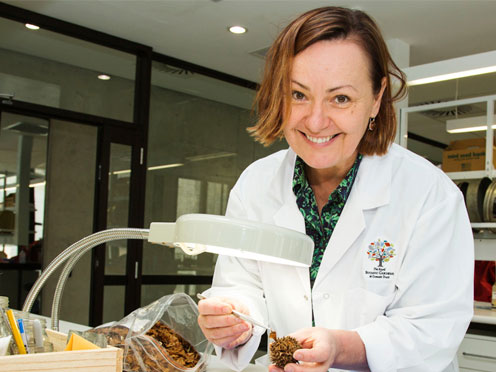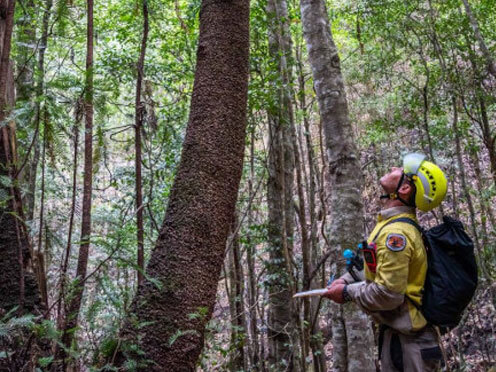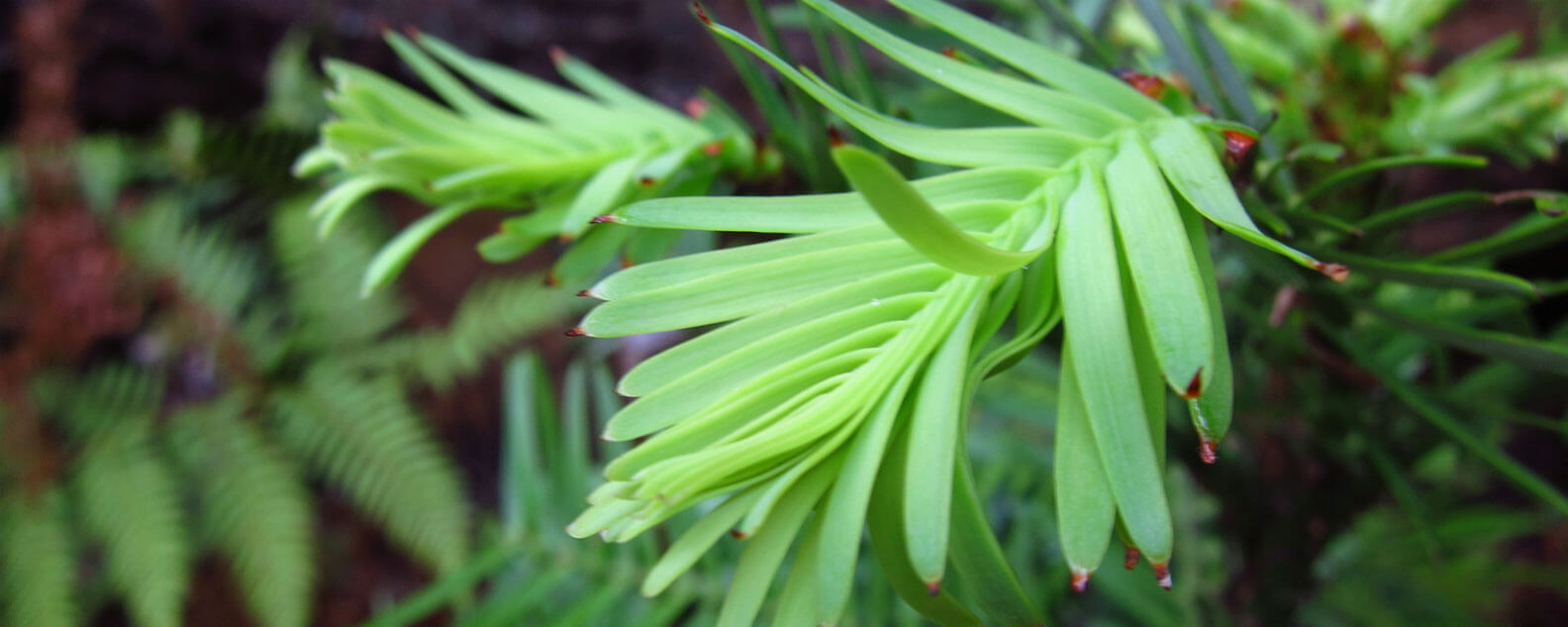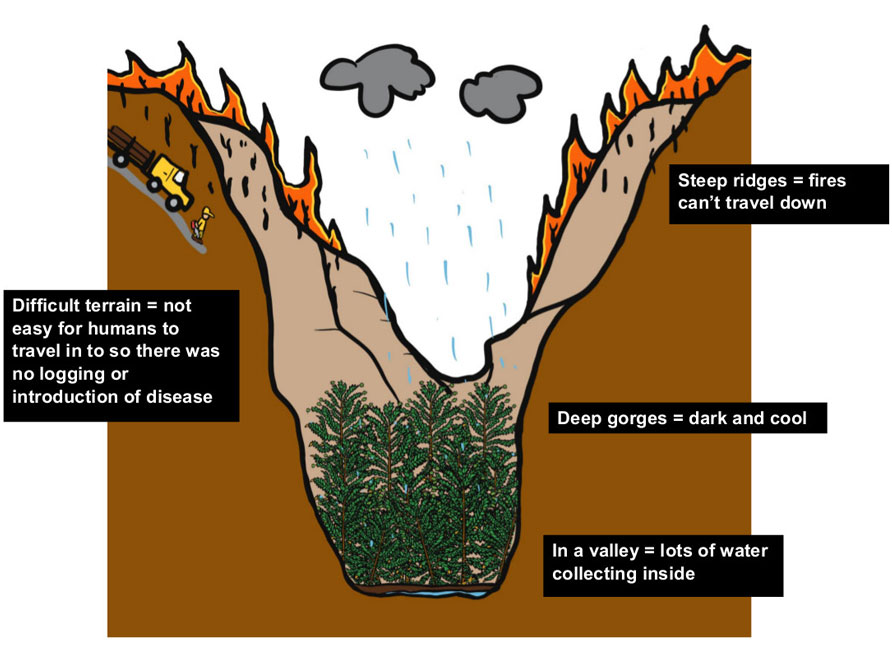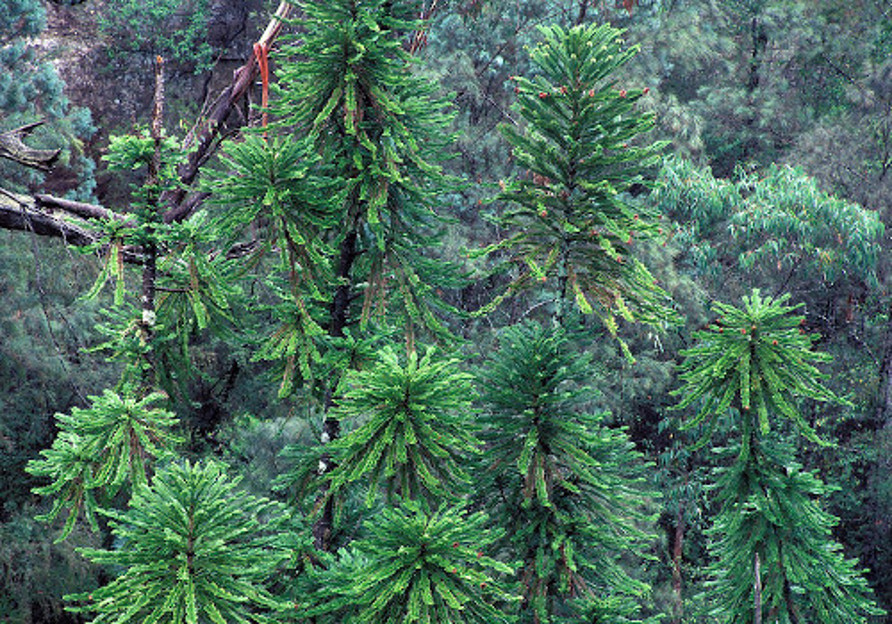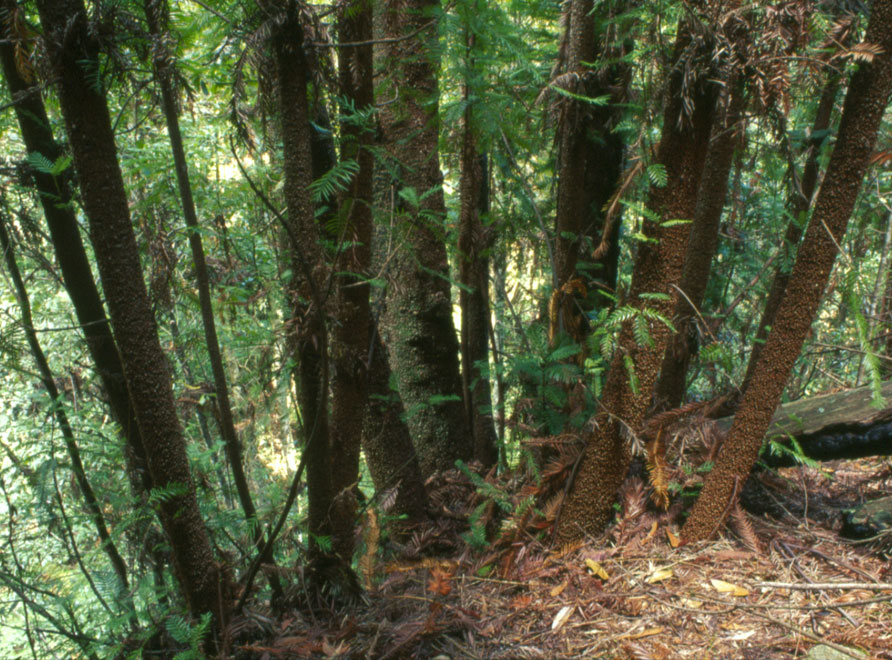Links to New South Wales Curriculum
Stage 2 Science and Technology
A student compares features and characteristics of living and non-living things ( ST2-4LW-S)
Skills
Students question, plan and conduct scientific investigations, collect and summarise data and communicate using scientific representations (ST2-1WS-S)
Stage 3 Science and Technology
A student examines how the environment affects the growth, survival and adaptation of living things (ST3-4LW-S)
Literacy capability
Numeracy capability
Information and Communication Technology capability
Critical and Creative Thinking capability
Personal and Social capability
Ethical Understanding capability
Intercultural Understanding capability.
Inquiry questions
Stage 2
What are the similarities and differences between the life cycles of living things?
How are environments and living things interdependent?
How can we group living things?
How do physical conditions affect the survival of living things?
How do people’s perceptions about places influence their views about the protection of places?
How does the environment support the lives of people and other living things?
Stage 3
How do the structural and behavioural features of living things support survival?
How do physical conditions affect the survival of living things?
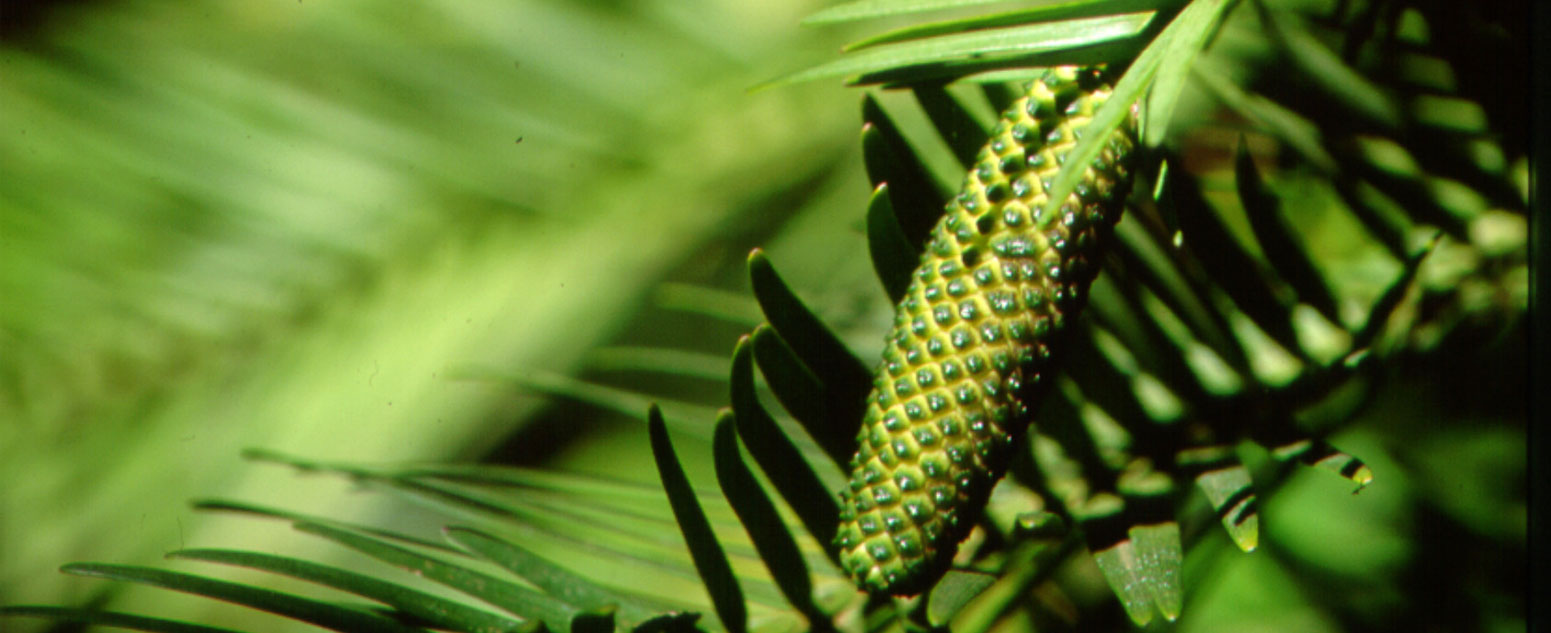
Meet the Wollemi pine
The Wollemi Pine dates back to the time of the dinosaurs.
How old is the Wollemi Pine?
Scientists believe that the Wollemi Pine ancestors may have existed in the wet forests of much of eastern Australia from the Jurassic period, 200 million years ago, through the Cretaceous period. Based on the fossil record scientists thought the tree had become extinct 2 million years ago. However, in 1994 an exciting discovery was made...

A fossilised Wollemi Pine leaf
Who discovered the Wollemi Pine?
In September 1994 while on a canyoning trip, David Noble, an officer with the NSW National Parks & Wildlife Service, discovered some trees he didn’t quite recognise. In a deep, narrow canyon of the rugged Wollemi National Park 150km northwest of Sydney, he had discovered what we now call Wollemia nobilis or the Wollemi Pine. This ‘dinosaur’ tree’s scientific name comes from the national park where it was found, and David Noble’s name.
Wollemi is an Aboriginal word meaning 'look around you, keep your eyes open and watch out'.
Watch this video to learn about the hype the discovery of the Wollemi created all over the world and how even in England these plants were being sold to gardeners.
How did the Wollemi Pine survive 200 million years of change?
All the species from two hundred million years ago no longer exist today. They have either:
Evolved: over time, changing environments prompted adaptations in a plant or animal that allowed them to survive. These changes would slowly add up, and new species would form to survive new environments.
Gone extinct: animals or plants that did not develop positive adaptations to the changing world would not survive through time.
Activities: Meet the Wollemi
1. Timeline of the Wollemi
Re-create the timeline for the Wollemi Pine.
2. Discovering hidden things
Just like the Wollemi Pines, there are many little secrets or things we don’t notice all around us in our school yards, our backyards, to out in the natural world. Explore your playground or back yard to find something you have never seen before.
For 30 seconds draw what it is you see on a piece of paper.
Put your drawing down so you can't see it.
Now focus totally on your object for 30 seconds.
Spend time adding more detail to your drawing.
Share your drawings with your friends. Discuss how the extra time to observe your object changed your drawing. Discuss how the Aboriginal word 'Wollemi' is an appropriate name for this hidden gem.
3. Research
What is paleontology? Conduct some research and choose your favourite extinct Australian species.
Present it as an information poster. A great place to start your research is here.
